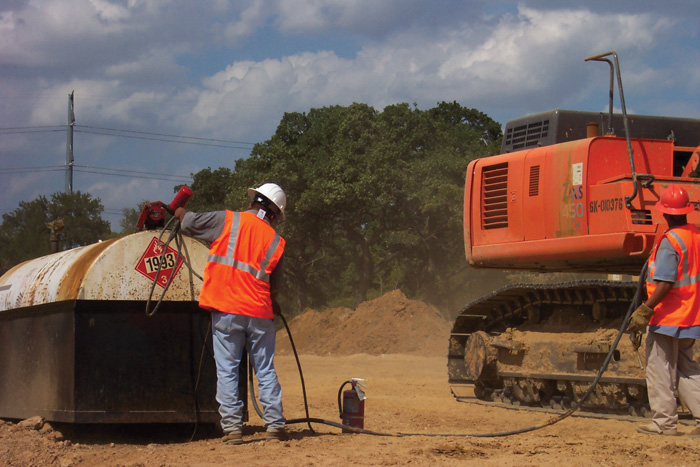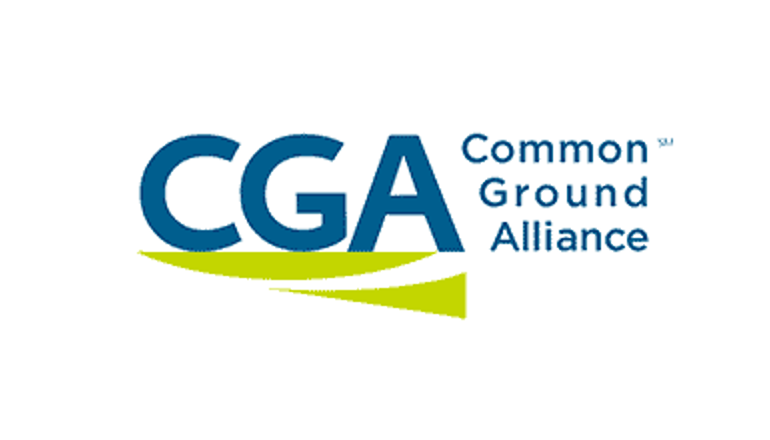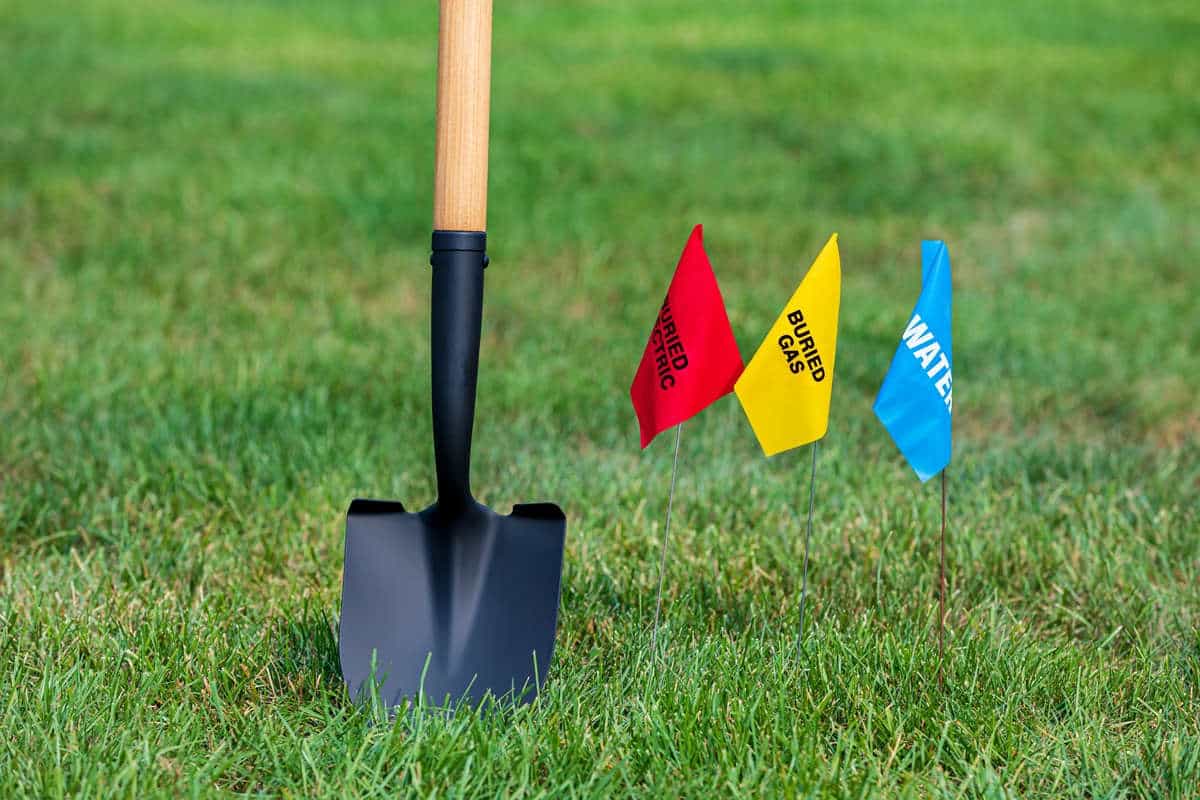Equipment Inspection Is Essential to Safe Operations
 How effective are your equipment inspections? In a perfect world, equipment operators should be inspecting their equipment each day before using it — but do they actually perform this very important task? Daily inspections are not only essential to the life of the machine, but also for the safety of the operator and the crew. Equipment inspections can also save on repair costs and boost productivity.
How effective are your equipment inspections? In a perfect world, equipment operators should be inspecting their equipment each day before using it — but do they actually perform this very important task? Daily inspections are not only essential to the life of the machine, but also for the safety of the operator and the crew. Equipment inspections can also save on repair costs and boost productivity.
It does not matter if the equipment is small or large; it must be inspected by the operator prior to use. Inspections must be organized and thorough. Depending on the type of equipment, operators should be checking for: fluid and hydraulic leaks; loose bolts, fasteners and belts; defective brakes; cracked or broken window glass; tire pressure; cracks in frame or other parts; cab cleanliness; seatbelts; back up alarms (where applicable); loose wiring; and a fire extinguisher.
Although operator’s manuals are the best source of information, many do not include an inspection checklist. To ensure that operators know what to inspect on any specific type of equipment, a formal equipment inspection program should be developed. The program should include detailed guidelines and checklists for each piece of equipment and be provided to operators. The guidelines should establish requirements for daily inspections by operators and periodic inspections by mechanics.
Inspection documents should make it easy for individuals to make a systematic check of the equipment. If the order of the items to be checked is random, there is a good chance some items will be missed. Therefore, create a checklist that walks operators around the equipment and makes it possible for them to check off items as they circle it.
When you create an equipment inspection protocol with checklists, be sure to involve the operators and mechanics. They will be able to provide insight into some of the problem items that should be checked and that may not be listed in the operator’s manual. They will be learning from each other and will be more likely to use the documents and implement the inspection procedures if they had a say in the development.
Do the operators and mechanics know what they are expected to inspect and what to look for? For example, do your operators know that cracked paint on the arm or stick of an excavator could be an indication of fatigue or other damage? Do they know that OSHA will classify a cracked window glass as a hazard and may write a citation? Do they know that OSHA considers the horns and seatbelts on many pieces of equipment to be critical safety items?
Inspections should be documented and damaged or defective items which cannot be corrected immediately by the operator should be written up so action to correct them is taken as soon as possible. If the identified item is a critical one that could result in an accident or damage to the equipment, the machine should be sidelined until the item is repaired.
Inspection logs or reports should be turned in to the chief mechanic or safety director who should review them to make sure nothing goes unchecked. Keep a file for each piece of equipment because in the event of a serious accident, documentation may be needed to prove that the equipment was inspected regularly and that it was properly maintained.
Operators and mechanics should be trained to inspect the equipment they operate, so they know what to look for. There are a number of different resources which can be used by contractors to train and educate their equipment operators and mechanics. Simply searching YouTube will produce a number of brief equipment inspection training videos. Another very good training program has been created by VISTA called “Heavy Equipment — Pre-use Inspection,” which is available at the NUCA Store at www.nuca.com.
A search of the Internet for equipment inspection checklists, logs and electronic reporting systems will also produce resources for creating inspection programs and other inspection materials. In addition, major equipment manufacturers, many of which are NUCA Associate Members, include safety checklists in their operator’s manuals and also have training materials available.
There is no doubt that construction equipment and working around heavy equipment can be dangerous. However, the risk of employee injuries and equipment damage can be significantly reduced if companies recognize the importance of equipment inspections and take the time to develop an inspection program which will help operators identify potential equipment hazards and problems, as well as ensure that these deficiencies are corrected before they cause an accident.
George Kennedy is NUCA Vice President of Safety.




